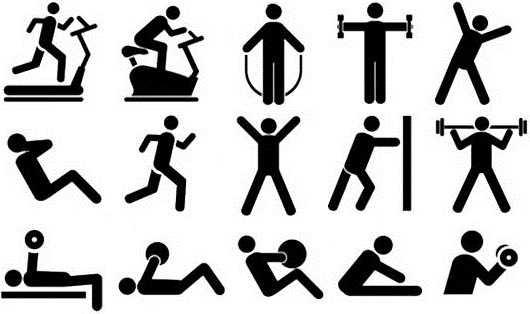Learninsta presents the core concepts of Biology with high-quality research papers and topical review articles.
Benefits of Regular Exercise
Exercise and physical activity fall into four basic categories. Endurance, Strength, Balance and Flexibility. Endurance or aerobic activities increase the breathing and heart rate. They keep the circulatory system healthy and improve overall fitness.
Strength exercises make the muscles stronger. They help to stay independent and carry out everyday activities such as climbing stairs and carrying bags.
Balance exercises help to prevent falls which is a common problem in older adults. Many strengthening exercises also improves balance.
Flexibility exercises help to stretch body muscles for more freedom of joint movements. Regular exercises can produce the following beneficial physiological changes:
- The muscles used in exercise grow larger and stronger.
- The resting heart rate goes down.
- More enzymes are synthesized in the muscle fibre.
- Ligaments and tendons become stronger.
- Joints become more flexible.
- Protection from heart attack.
- Influences hormonal activity.
- Improves cognitive functions.
- Prevents Obesity.
- Promotes confidence, esteem.
- Aesthetically better with good physique.
- Over all well-being with good quality of life.
- Prevents depression, stress and anxiety.
During muscular exercise, there is an increase in metabolism. The O2 need of the muscles is increased. This requirement is met with more oxygen rich RBCs available to the active sites. There is an increase in heart rate and cardiac output. Along with balanced diet, physical activity plays a significant role in strengthening the muscles and bones.
